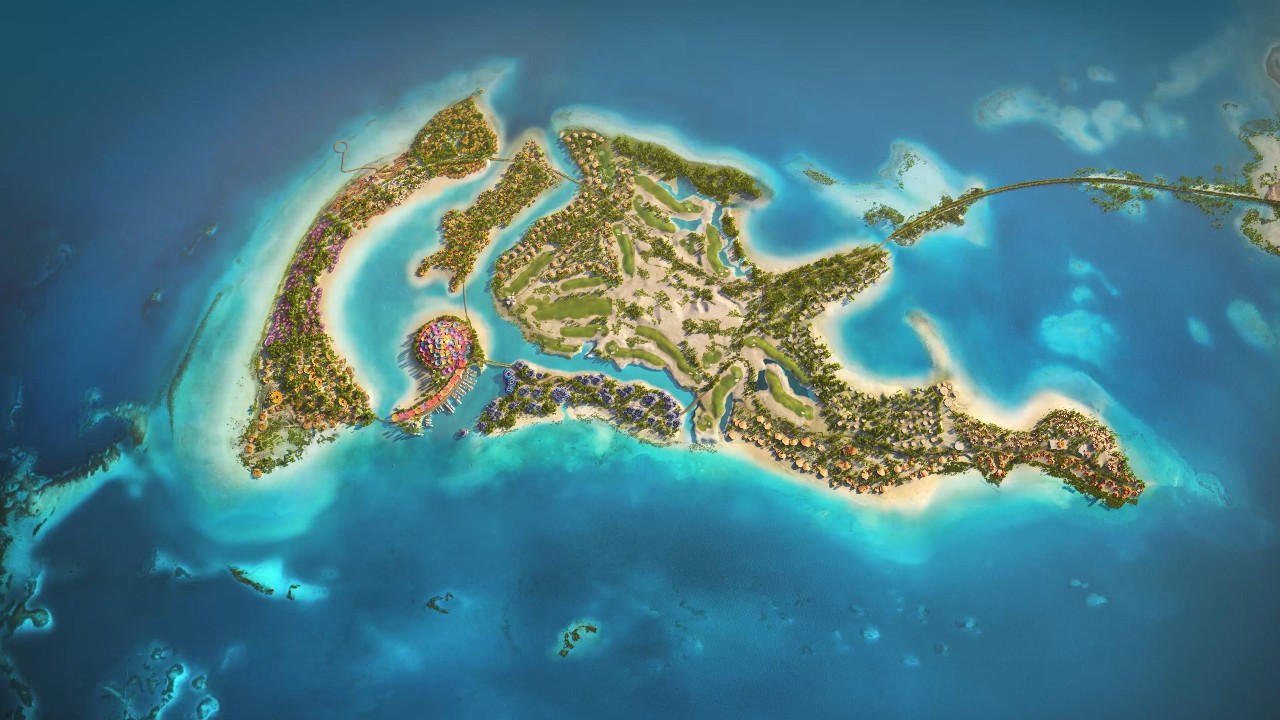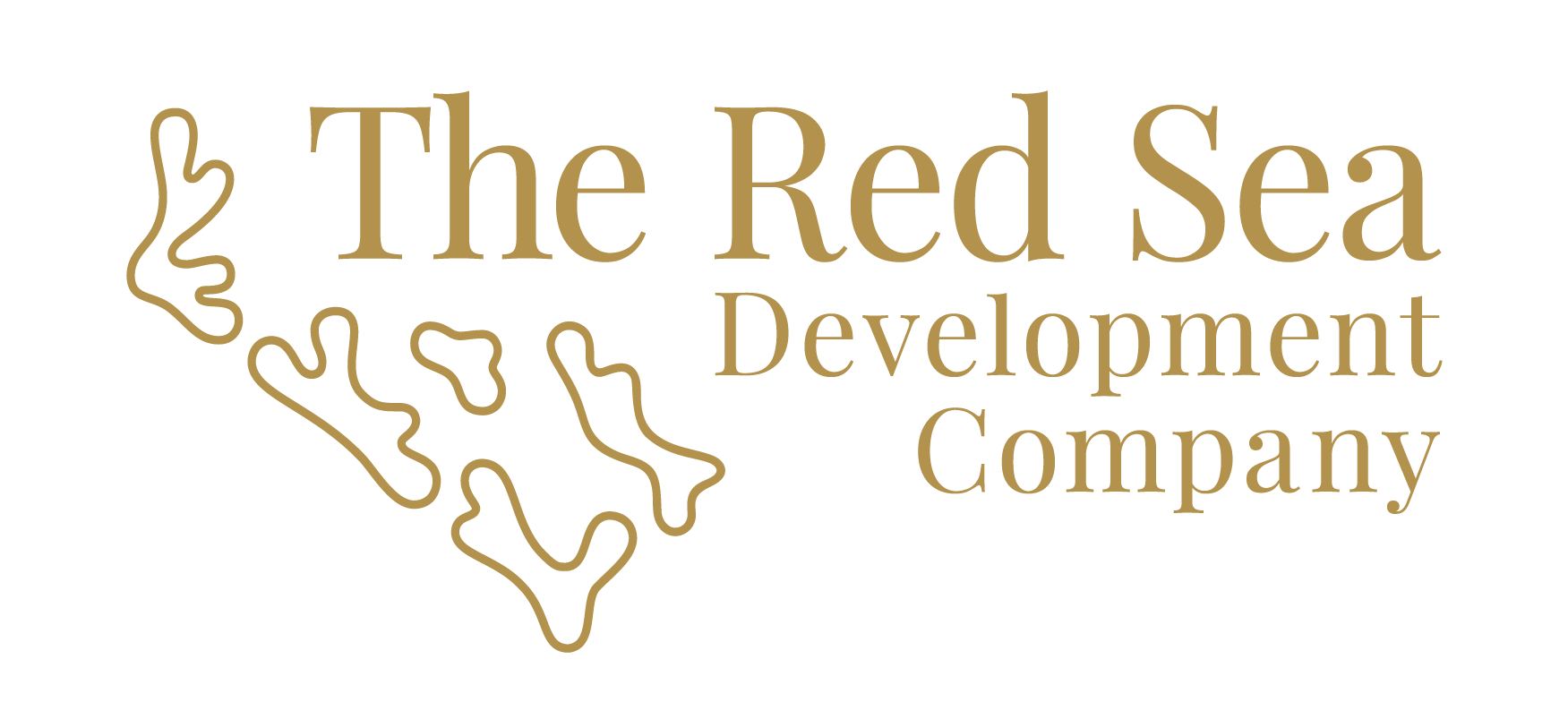
The scale of The Red Sea Project is quite something: 28,000km2. An archipelago of more than 90 islands. 200km of coastline. 8,000 hotel rooms. 70,000 jobs.
For John Pagano, the man charged with project delivery, its uniqueness transcends numbers. The Red Sea Development Company (TRSDC) chief executive calls the Saudi west coast region being transformed into a hugely ambitious luxury tourism destination “one of the world’s last hidden treasures”. The Red Sea Project boasts the fourth-largest coral reef system on the planet, and, unspoiled by outside interference, incredibly diverse – and fragile – flora and fauna ecosystems.
“It poses a pretty simple question,” says Pagano. “How do we not screw this up?”
The answer is to do something completely new across an unprecedented scale: regenerative – as opposed to sustainable – tourism development, producing a net positive conservation benefit of 30%. Furthermore, amid all the nosebleed numbers, there is one figure notable for its modesty: visitors will be capped at a million annually. If that still sounds high, remember we are talking about an area nearly the size of Belgium, albeit powered entirely by renewable energy.
That vision dictates decision-making around external partners. There are investment opportunities aplenty, but land is not for sale; participation comes in the form of joint ventures, with expertise and shared values prioritised over capital. “One rogue developer would screw it up for everybody and we are not prepared to take that risk,” Pagano explains. “We are good at developing and running resorts, but there is a lot of scope for bringing in external specialists across areas like mobility, logistics and utilities.”
The first resorts open at the end of next year, with the remainder of the 16 hotels scheduled for phase one, including Foster + Partners’ 11-hotel concept, Coral Bloom, due for completion in 2023. An international airport, also designed by Foster + Partners, will open the same year. Tourism accounts for just over 3% of Saudi GDP, compared to a global average north of 10%, so the room to grow is significant.
In his conversations with foreign partners, does the chief executive come up against any misconceptions about operating in the Kingdom?
“The international investment community is intrigued, but they are also waiting for proof of concept,” Pagano replies. “There is an understandable reticence, which is why it is so important we are now seeing tangible process: this is not just an idea; it is real and it is happening.”
Interestingly, those closer to home sometimes need educating. “I take Saudis up to the site and they can’t believe what they are looking at,” he laughs. “It is not just the international community that doesn’t fully appreciate the natural wonders of this country.”
In order to best protect and showcase such wonders, the Italian chief executive has set upon a new approach to large-scale development. “It is something I have never seen done before,” he concedes. “Instead of starting with architects and engineers, the first people we brought in were scientists.”
TRSDC partnered with King Abdullah University of Science and Technology to conduct an unprecedented marine spatial planning exercise, breaking the area down into tens of thousands of squares and assigning each with a conservation value. Results were then fed into a specially developed software programme in order to measure developmental impact. These results provided a guiding force behind the shape of the final masterplan.
“We ended up preserving over 75% of the islands,” says Pagano. “A number have been designated as critical conservation areas, where visitors will be unable to venture alone. Quite a few would have made incredibly good resorts, I can tell you.
“But that would have been the antithesis of what we are trying to do here. We have seen over recent decades – and especially in the context of the pandemic – what happens when developers take the natural habitat for granted. Do so at your peril. We have to be willing to pay a bit more, compromise, make sacrifices. Place natural capital on the balance sheet and treat it with the same value as we do our financial capital. If it helps save the planet, that is a price worth paying.”
As he extols the virtues of capping visitor numbers and limiting development, Pagano doesn’t sound like your prototypical land developer. He chats enthusiastically about carbon sequestration studies; the wilding of lab-grown coral; a competition around brine disposal; optimising coral spawning patterns. At one point he mentions that there are 18 or so PhDs working under his chief environmental officer. The results of these projects and more will be made publicly available to aid efforts to save the world’s reef systems. Is this really a luxury tourism destination, or the world’s most well-funded marine biology research lab?
“There is always scope for tension between development and the environment,” the CEO concedes. “Keeping that as a separate function helps ensure we stay true to our vision.”
Saudi buy-in and involvement is another cornerstone of the regenerative philosophy. TRSDC is owned by Saudi Arabia’s sovereign wealth fund PIF and marks a key component in Saudi Vision 2030, a strategic framework geared toward diversifying the economy, developing public services and reducing oil dependence. In both development and delivery, the CEO has been keen to build and showcase local talent.
“This is a once in a lifetime opportunity for everyone involved,” he explains. “I didn’t want to take the usual approach of hiring countless consultants in from overseas, working together until delivery, then everybody disappears. I wanted the knowledge we gain from this unique project to stay in the country. It is about building a legacy.”
More than 50% of Pagano’s staff are Saudi nationals. An elite graduate programme offering 30 places had 16,000 applications in its first iteration and over 20,000 this time around. The first 30 are now all full-time employees. “To be part of something like this will change the course of their lives,” Pagano says proudly.
TRSDC is working with the country’s Human Resources Development Fund to establish vocational programmes, with 1,600 people set to undergo training. A total of 12,000 applications were received for 120 scholarship places on the University of Prince Mugrin’s hospitality management degree course, accredited with Ecole Hôtelière de Lausanne.
The enthusiasm is striking and reflects changing attitudes towards travel and tourism in the country. “It was a worry: ‘how will they embrace it?’,” Pagano acknowledges. “But when I got here and actually met the people, my decision to take the role was driven as much by their enthusiasm as anything else. I have done big before and size isn’t enough; to be part of something that is genuinely transformative for so many people, that is what is so exciting.”
The fondness clearly travels both ways. In January, Pagano was announced as CEO of AMAALA, another Saudi tourism giga-project. He will perform the role alongside current responsibilities and lessons learned from one will feed back into the other.
“We have to avoid manufacturing something that is not rooted in reality,” he says. “It is about creating authenticity and that comes through the engagement and involvement of local communities, showcasing history and heritage. Saudis are so hospitable, taking care of guests comes as second nature. They are what will truly bring this project to life.”
To learn more, visit theredsea.sa
Visit The Red Sea Development Project hub page here


